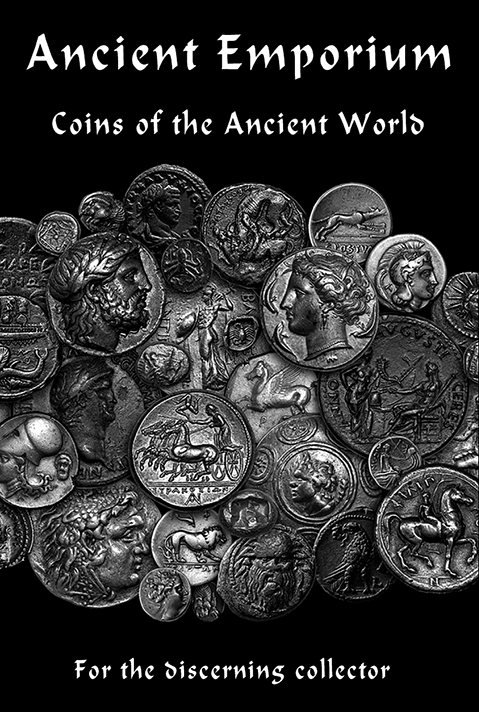This Content Is Only For Subscribers
Ten graves from the necropolis of the ancient city of Tomis [modern Constanta] are being investigated by archaeologists, who have unearthed significant artifacts and details about funeral rituals practiced in the 2nd and 3rd centuries in Romania’s oldest city. Among these, two young women were buried with jewellery and perfumes.
Tomis, the enigmatic city by the sea, linked to the legend of the Argonauts and a resting place for Ovidius, the most renowned Roman poet of Antiquity, has revealed another secret.
These days, workers constructing a modular hospital in the courtyard of the Infectious Diseases Hospital uncovered a portion of the vast necropolis of ancient Tomis and called in archaeologists. Initially, eight graves were found, but after the specialists arrived, two more were brought to light. Archaeologists are impressed and excited.

“The necropolis of the city of Tomis extended outside the walls, along the roads. It was very vast, and the entire area where this discovery was made is known to have archaeological remains. The graves date back to the 2nd and 3rd centuries AD. Anthropological research will tell us more,” said Aurel Mototolea, director of the National Museum of History and Archaeology in Constanta.
Inside the graves, alongside human remains, glass beads and glass and ceramic vessels were found. Everything tells archaeologists about how the inhabitants of the ancient city lived and what customs they had.
“At that time, Tomis was under Roman occupation. We found both cremation and burial graves, indicating that the two burial rituals were parallel at that time until, gradually, the cremation of the deceased was abandoned,” said archaeologist Ștefan Georgescu, who is leading the archaeological work at the site in the courtyard of the Infectious Diseases Hospital, speaking to local news sources.
The Mystery of the Beautiful Tomitan Women
The most intriguing graves are those in which two women were buried, alongside the grave of two little girls who were probably around three years old at the time of their death.

What makes it fascinating is that the young Tomitan women were buried with ornaments, coloured glass beads, an earring, a fibula, had ceramic vessels at their heads for the funeral incense, a small lamp, and vessels of coloured glass, indicating that they were young, beautiful, and stylish.
Most likely, they belonged to the middle to wealthy social class of the ancient city. Their age and the circumstances of their demise will be determined by anthropologists later on.
About ancient Tomis
The city was founded by Greek settlers in the 6th century BCE and was given the name Tomis, possibly in honour of Queen Tomyris. The founding of the city is also associated with the legend of the Argonauts who were to found a settlement here before they sailed across the Black Sea in search of the golden fleece. The city was founded in a convenient place from the point of view of security – on a peninsula that cuts into the sea and is surrounded on three sides by water.

In both Greek and Roman times, it was an important port on the Black Sea. Until 29 BCE the entire region south of the Danube, and the city with it, was conquered by the Romans and from that time until the 8th century CE its fate was inseparable from the history of the Roman Empire, and later Byzantium as part of the province Moesia Inferior.
In 395, Tomis finally became part of the Eastern Roman Empire, and in VI and VII it began to decline due to attacks from the northern peoples. In the winter of 597/598, the city was probably destroyed by the Avars. The further decline of the city deepened after the Byzantines withdrew and the city was occupied by the Bulgarians.
Throughout the 9th century, there is no mention of a settlement at the site of the former Tomis in the sources. In 950, Byzantine sources first mention the settlement of Constanta on the site of the former city of Tomis, named after the sister of Emperor Constantine the Great, Flavia Julia Constanta (293 – approx. 330). The city bears the name of this until today.
[quoted from Imperium Romanum]



